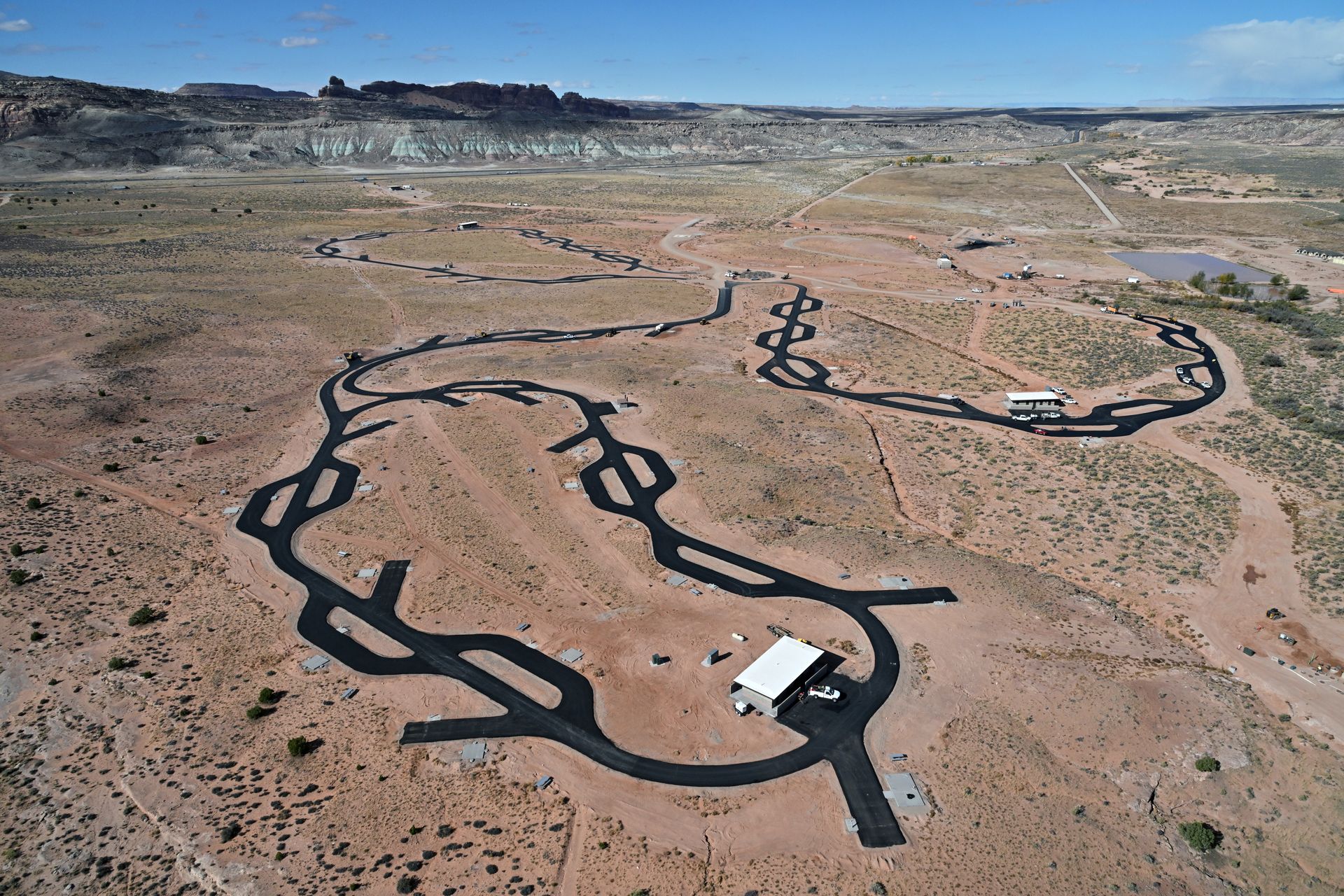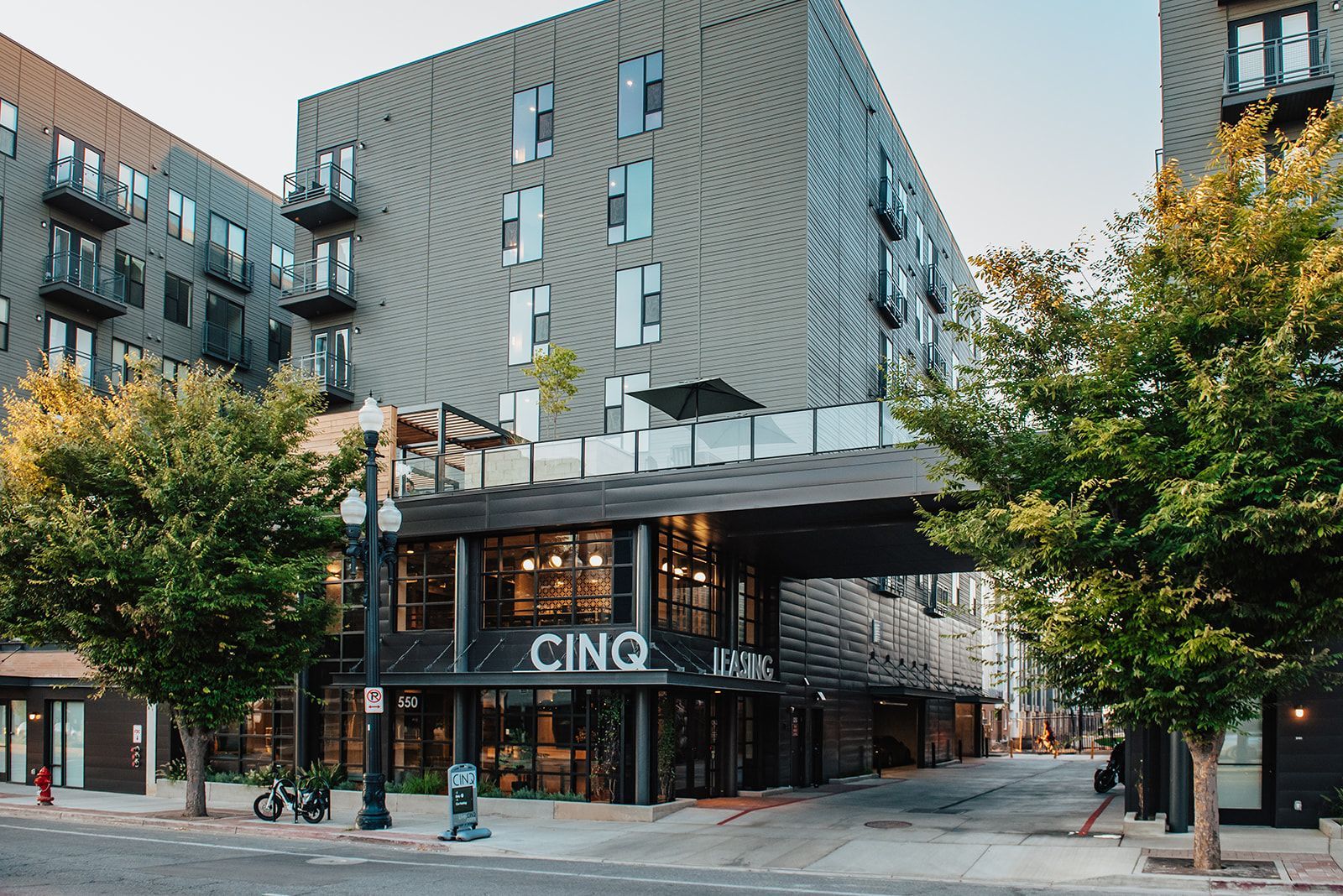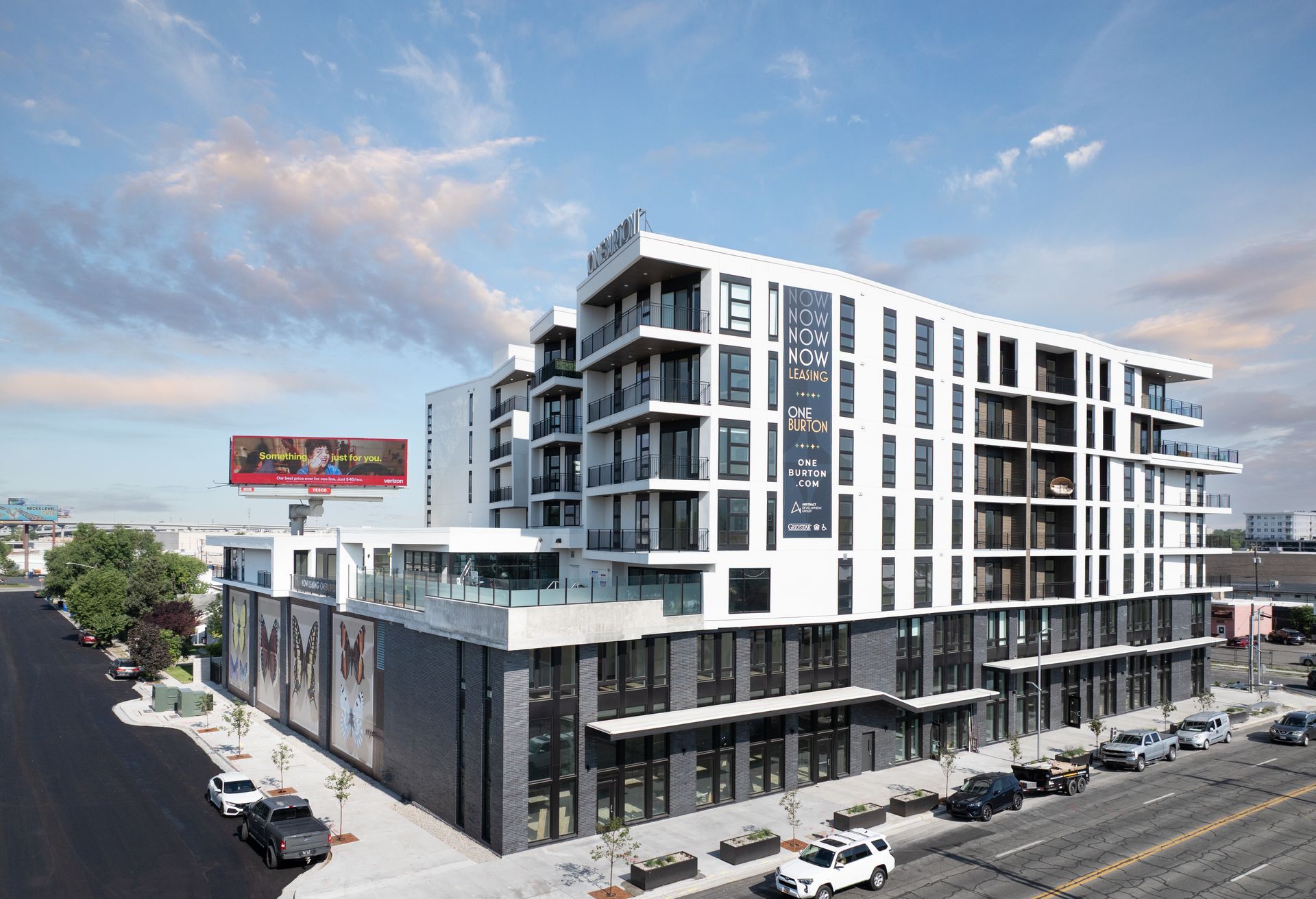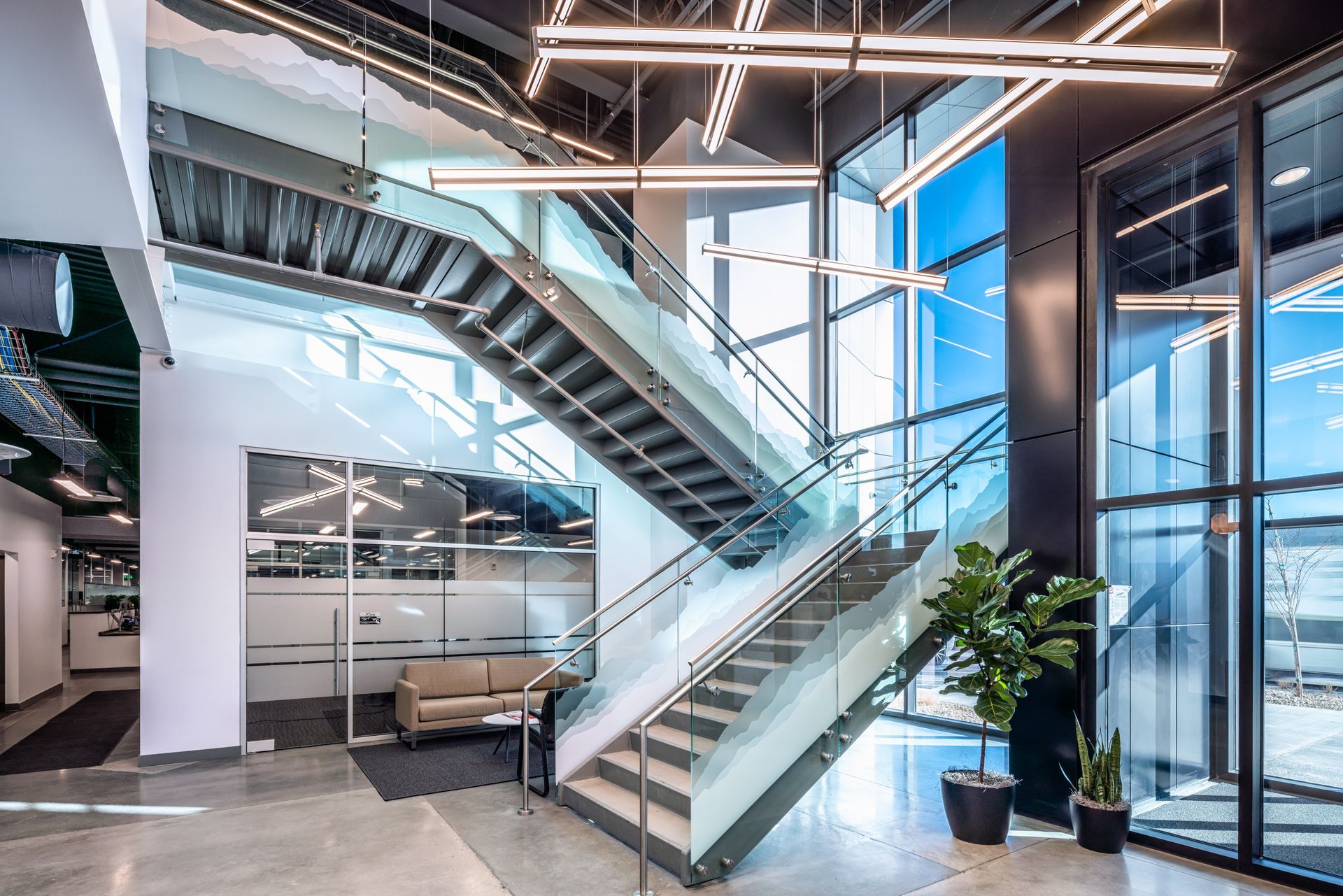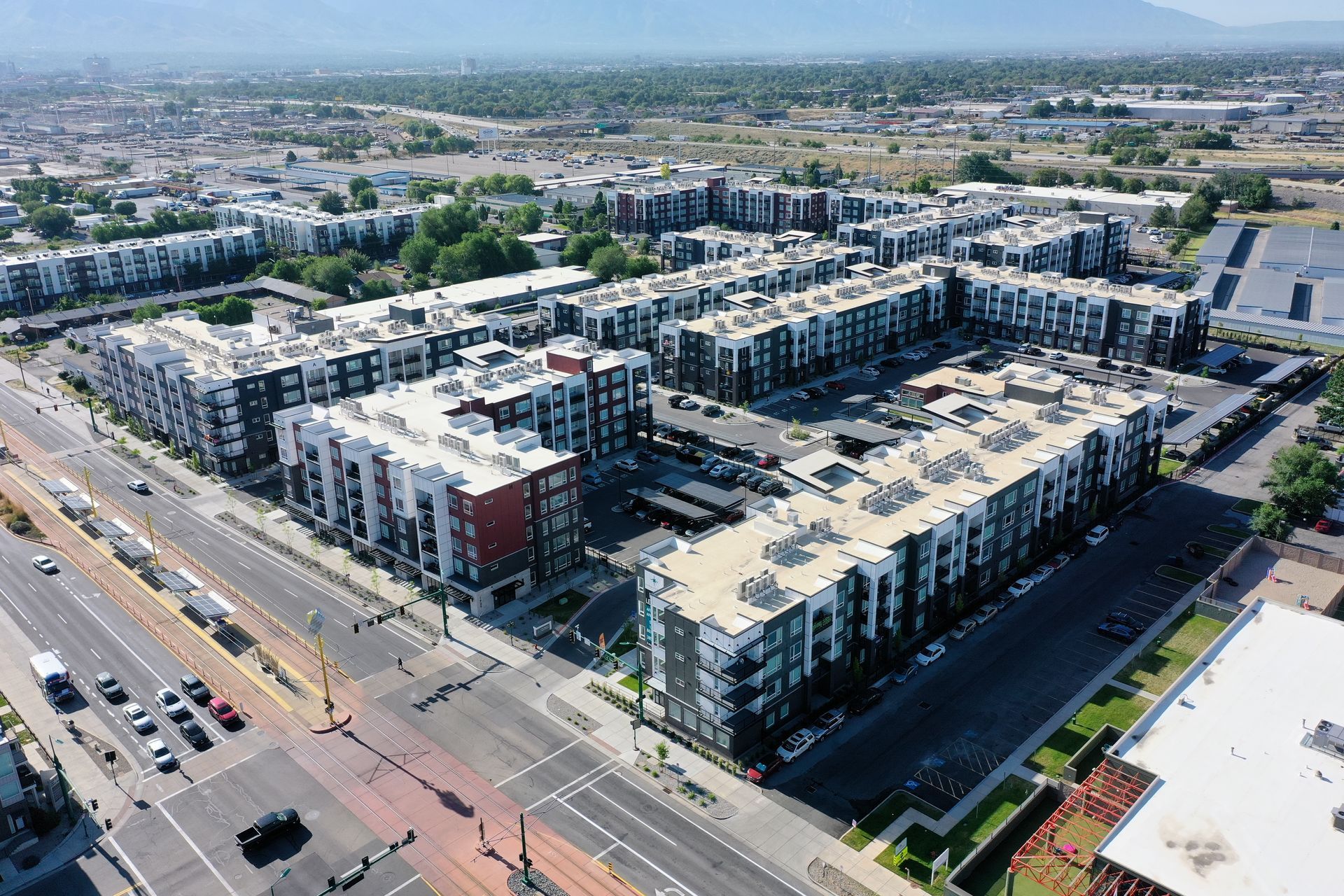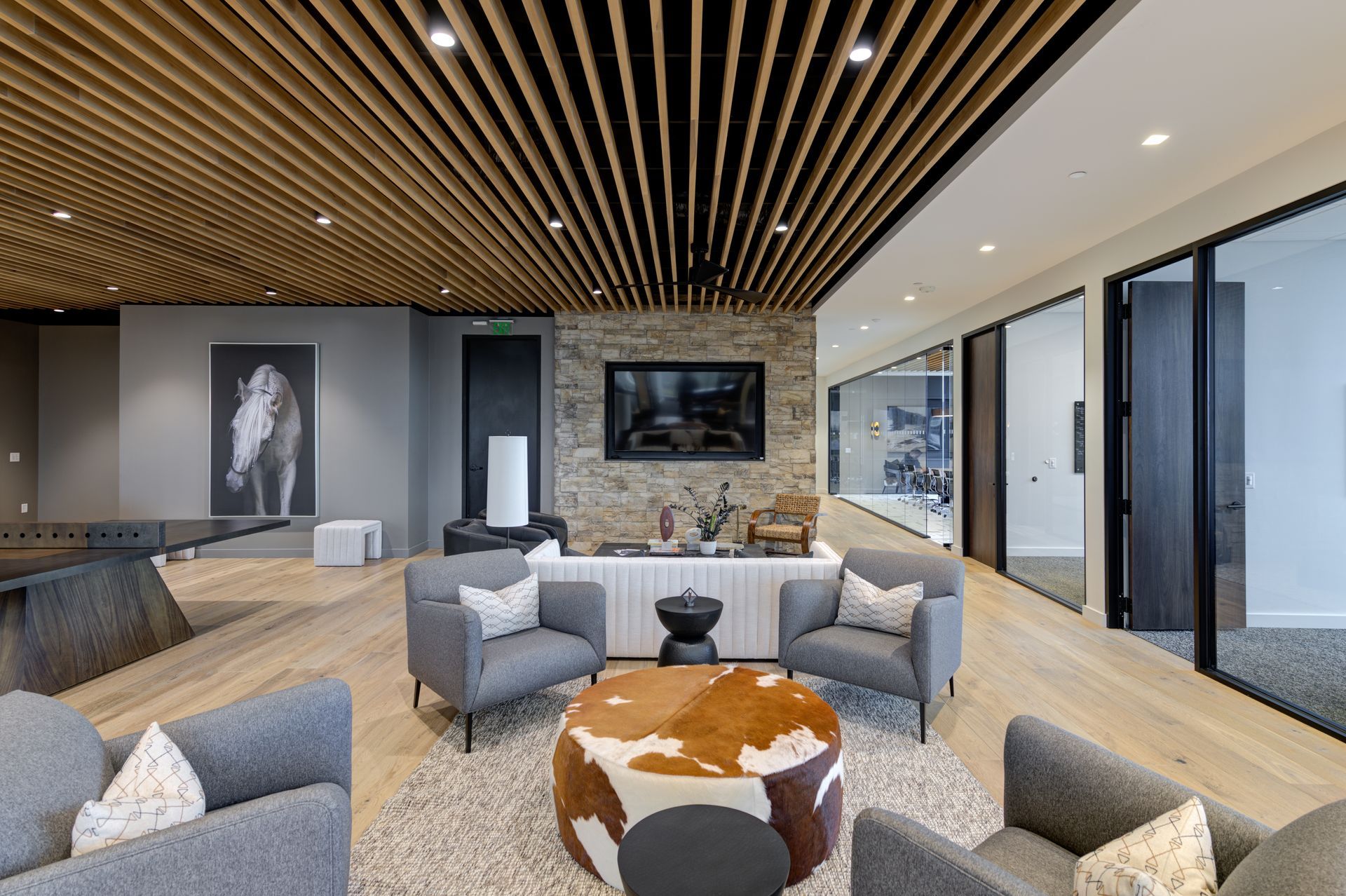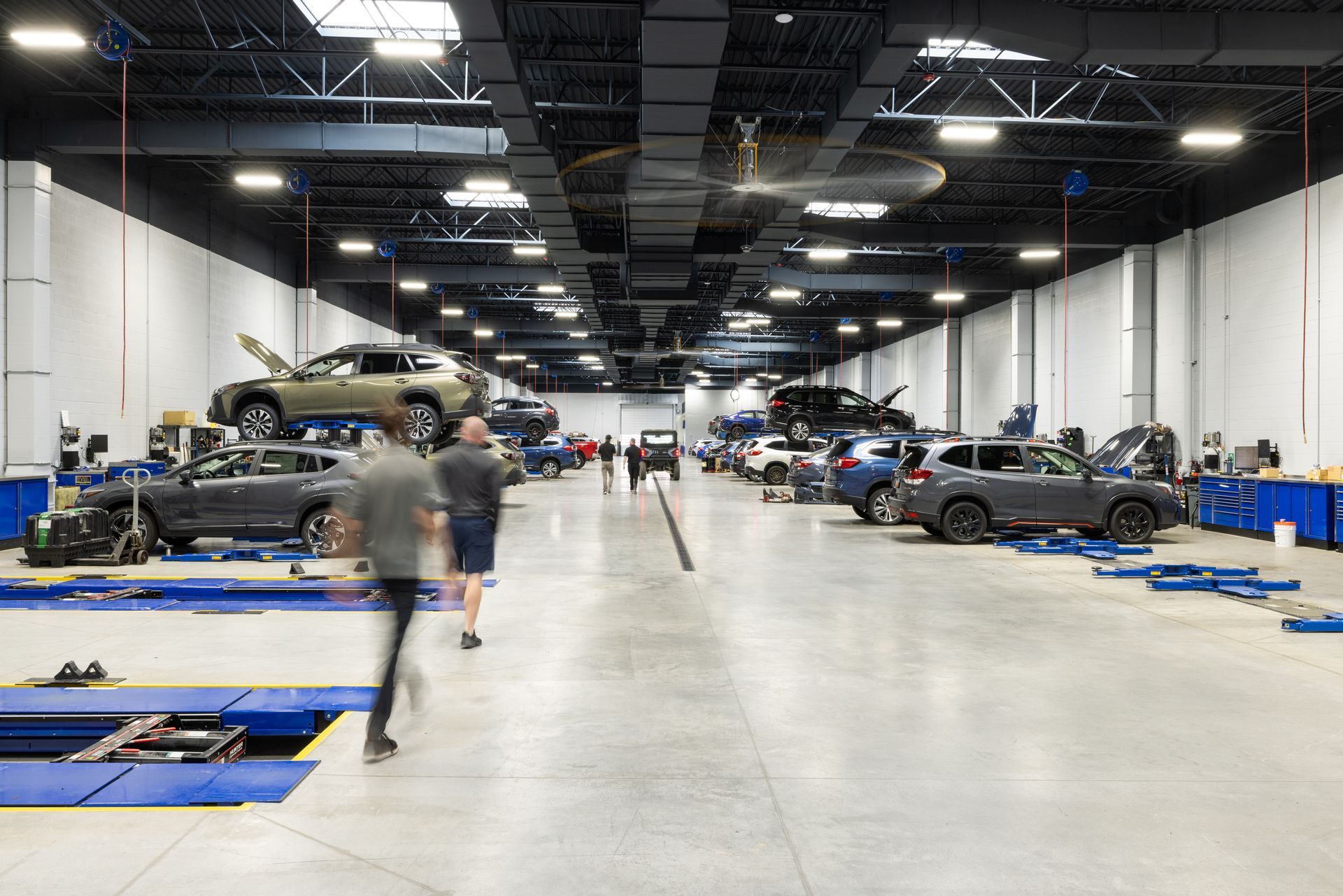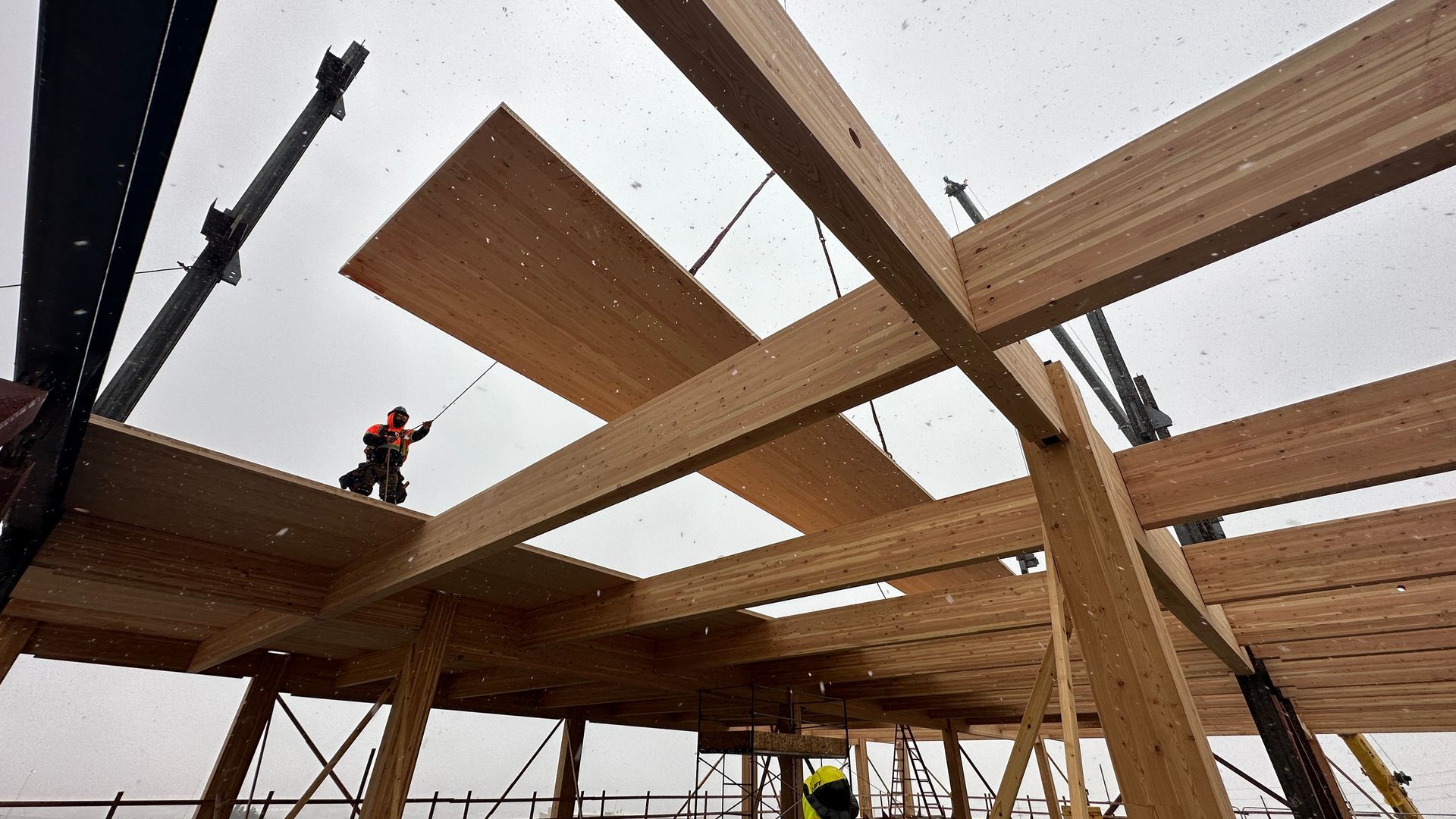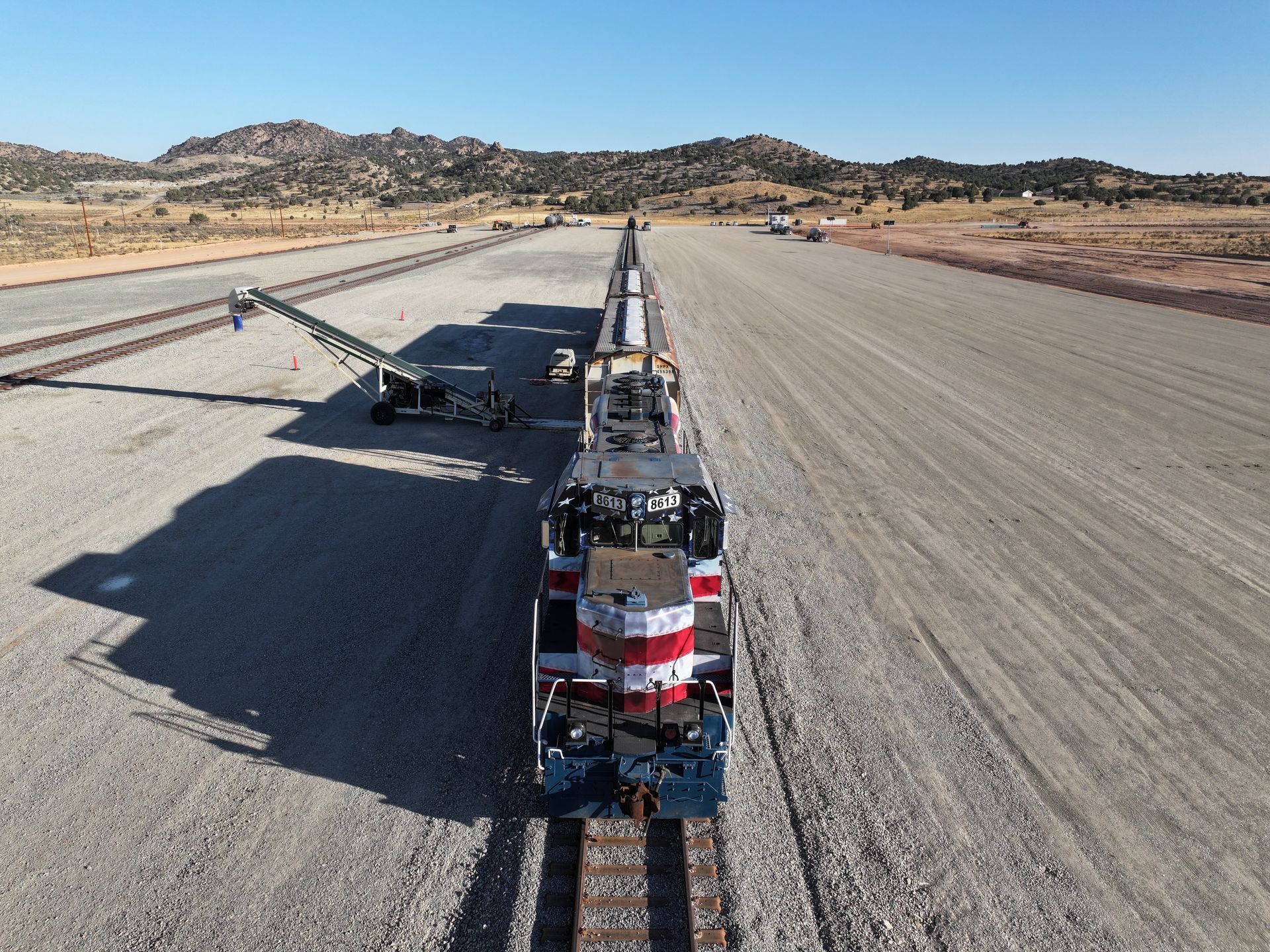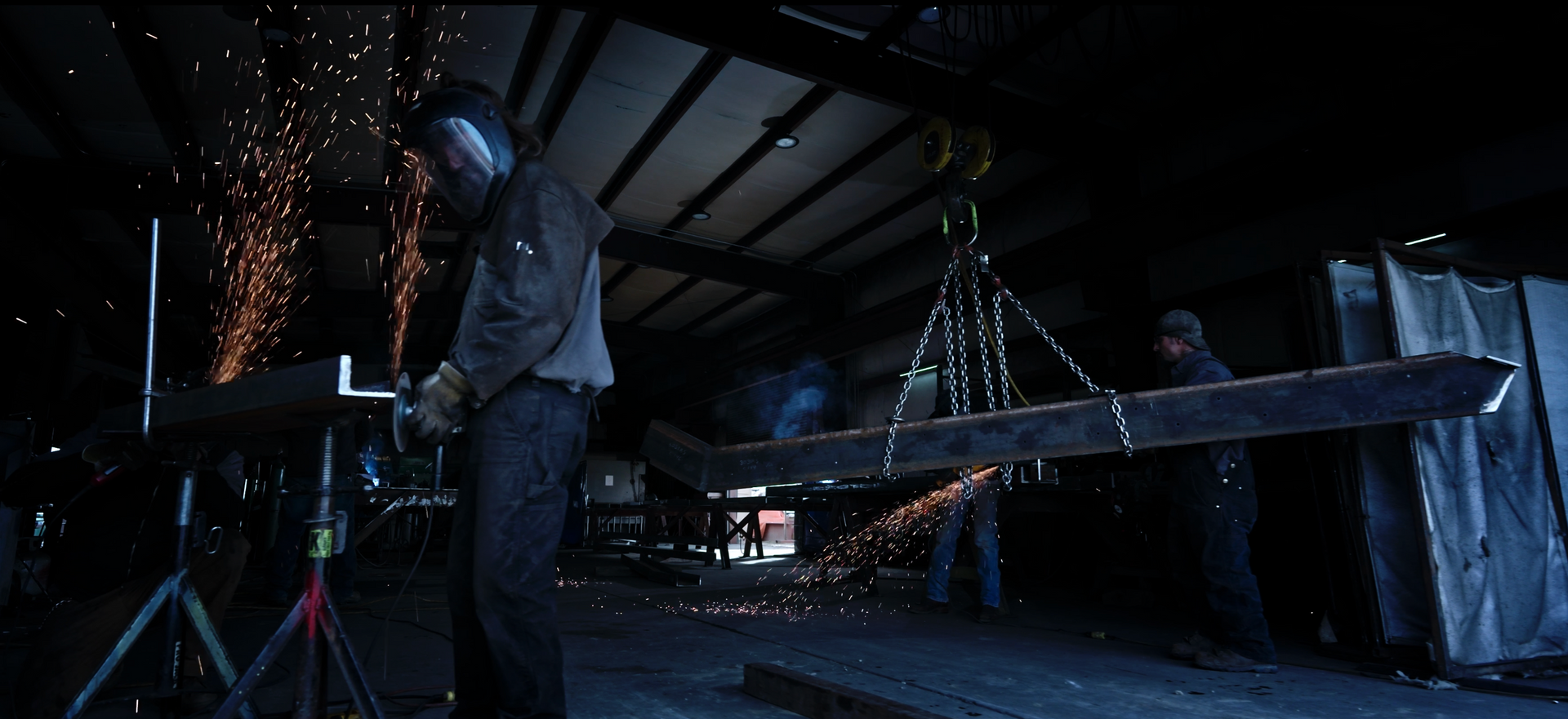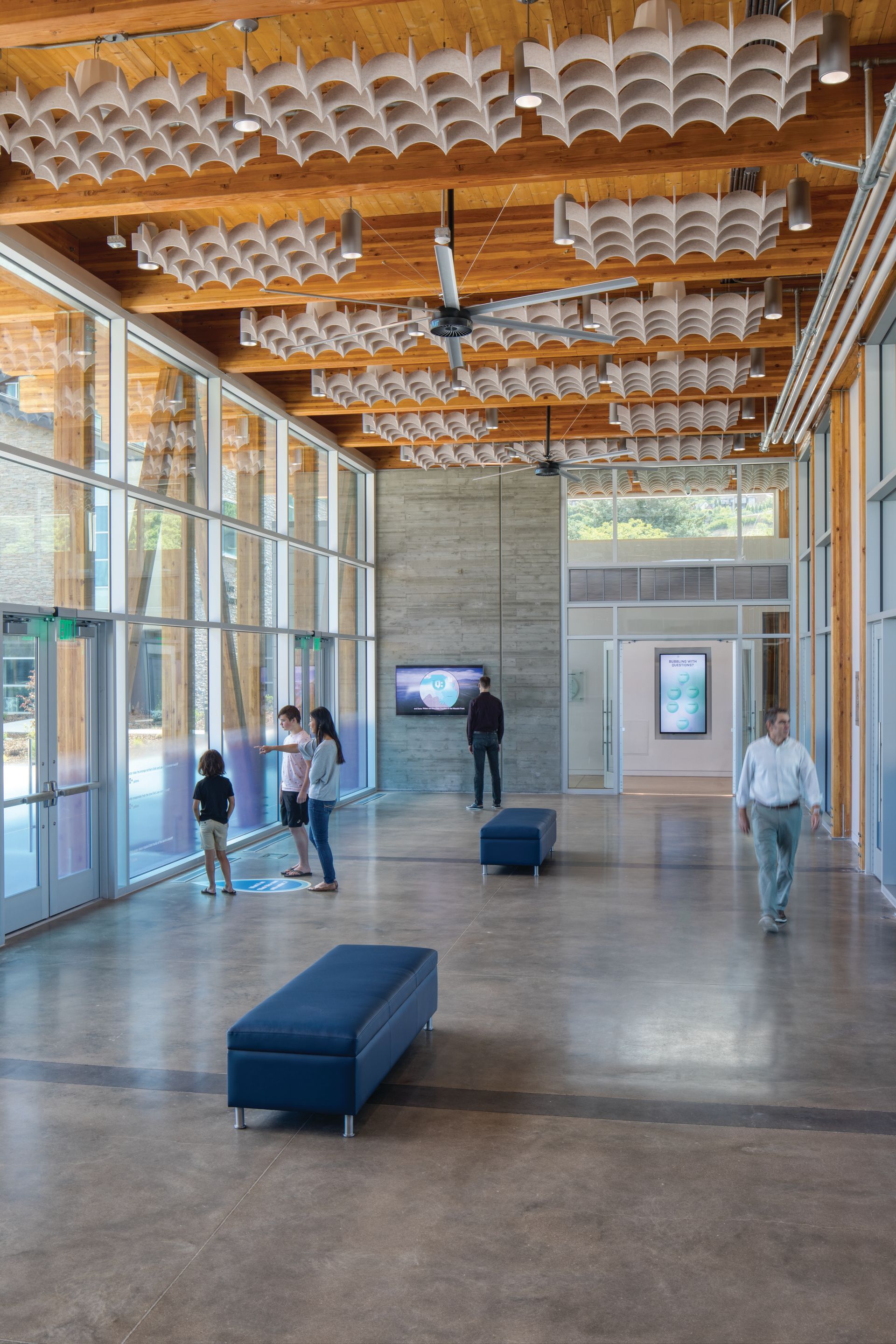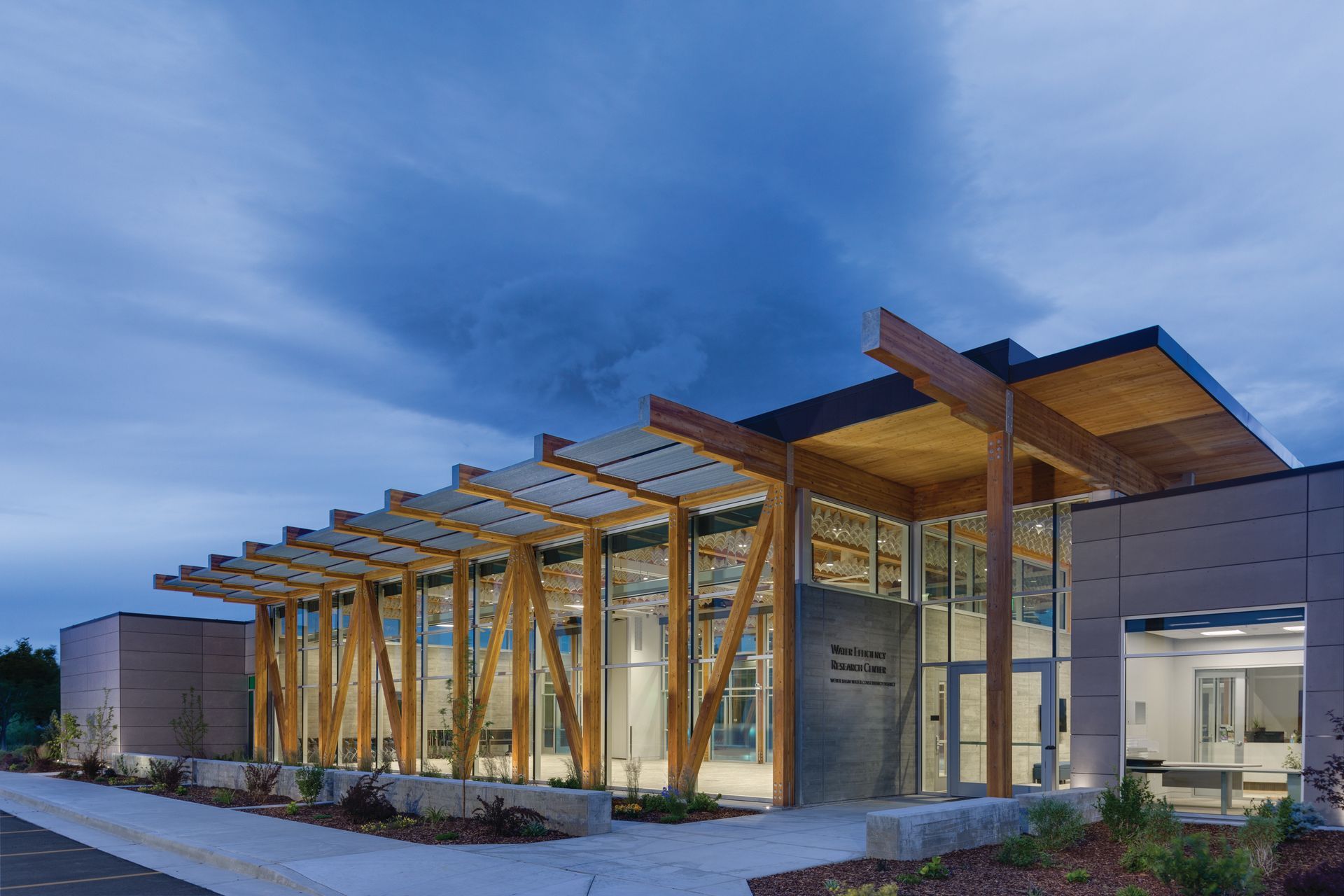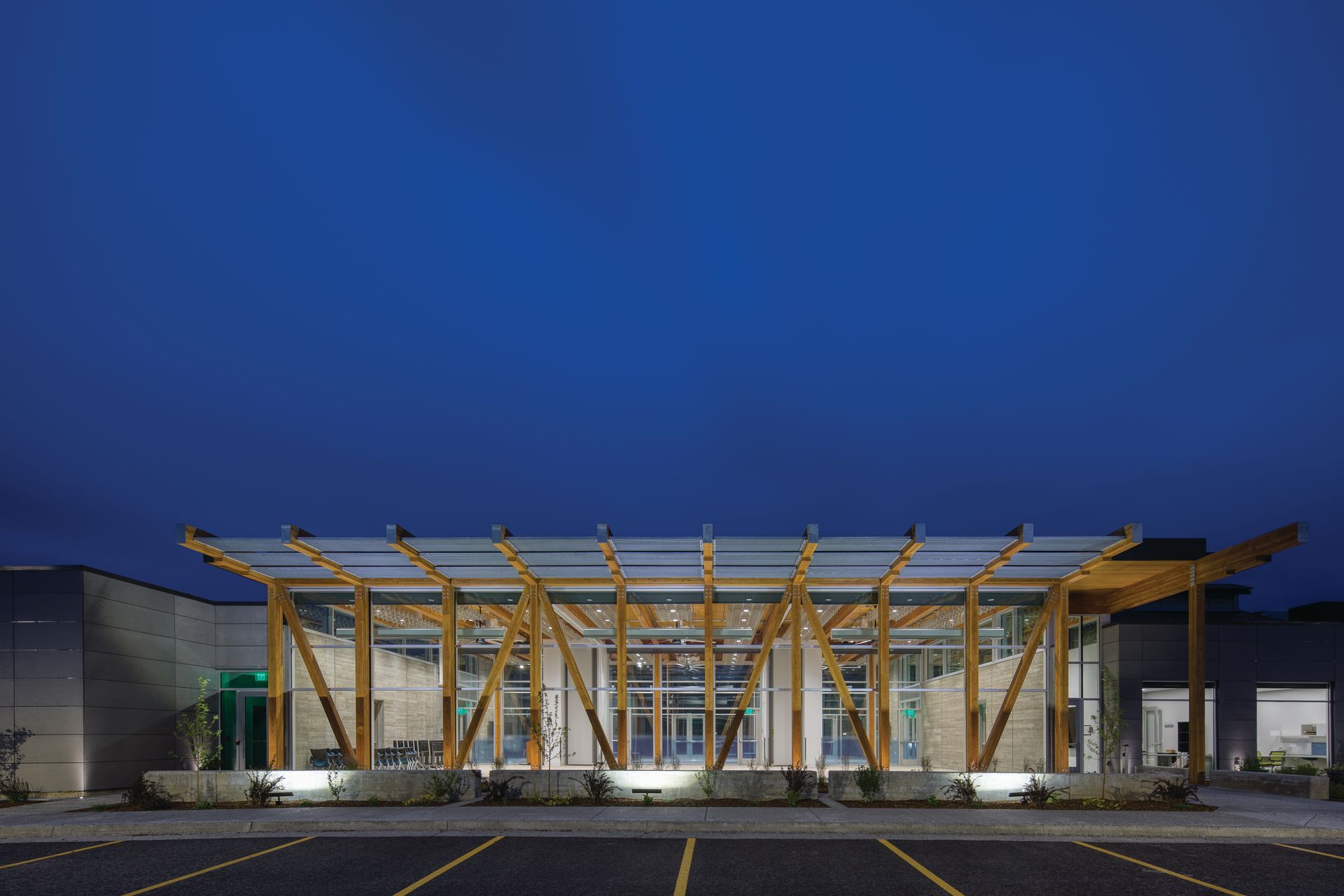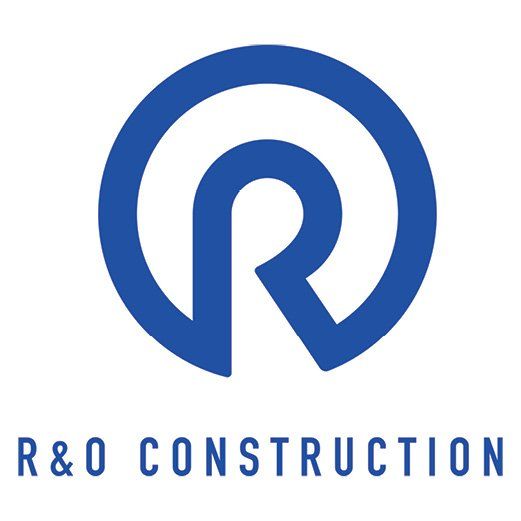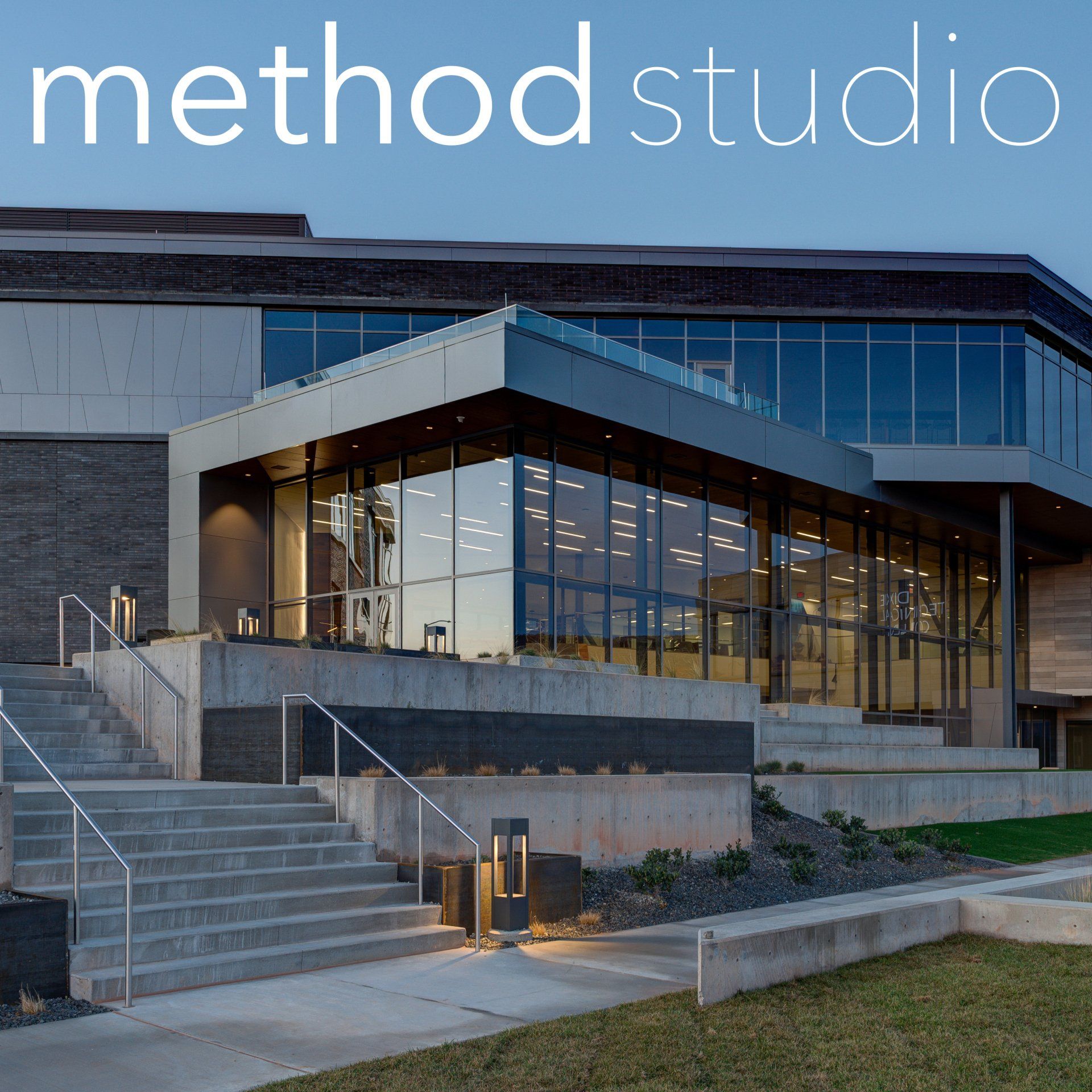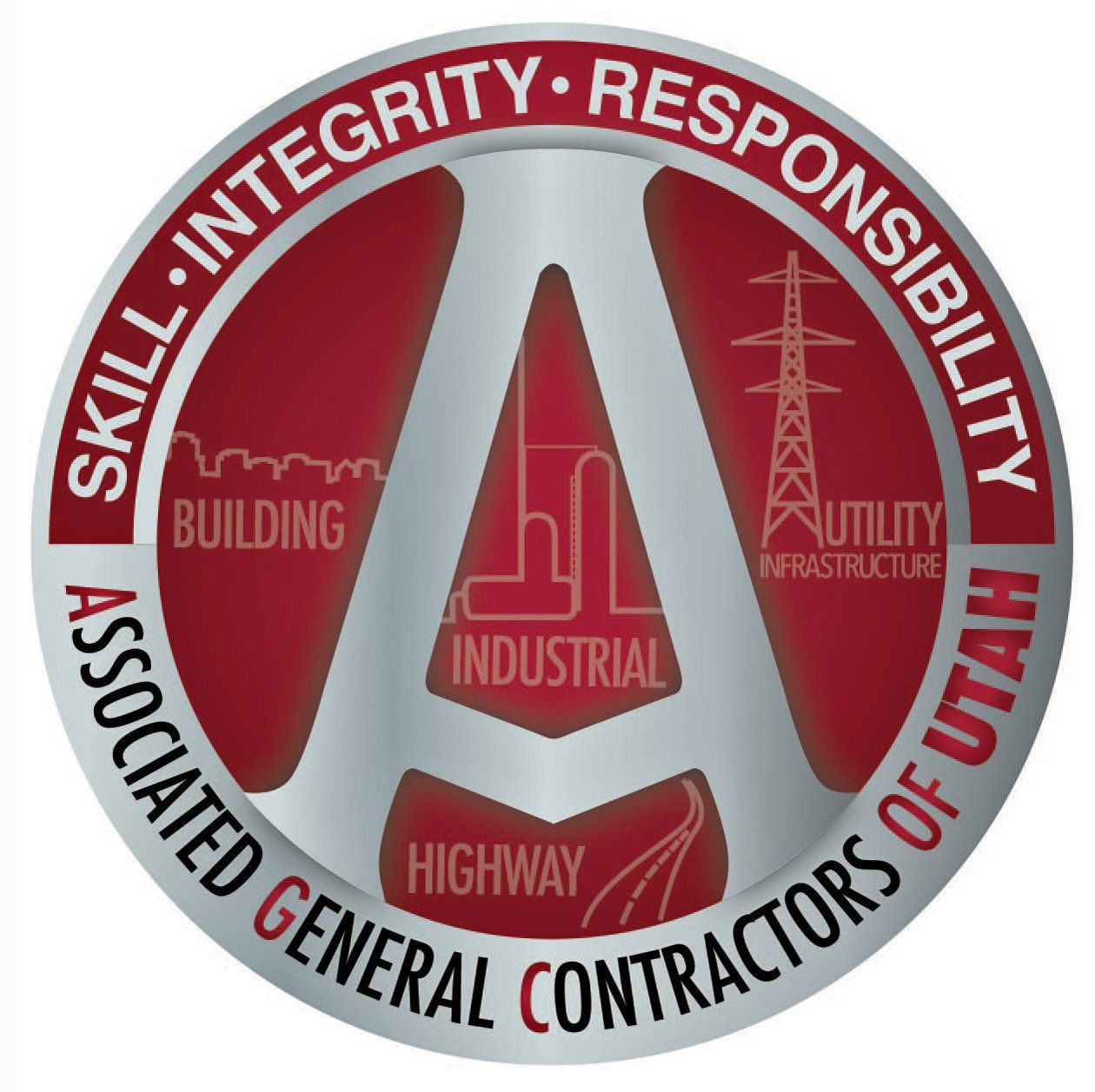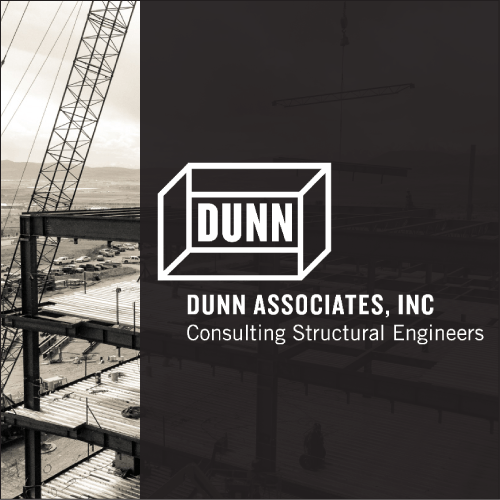Photo above courtesy of Jacobsen Construction
The concept is ever present in the minds of architects and engineers—sustainability. But where will it go next? By Taylor Larsen
Sustainability comes in many shapes and forms, but we took the time to bring energy usage, water usage, and community development to the forefront. What are the most promising trends in engineering and design for these areas? Five professionals from architecture and engineering spoke to us about what excites them most, what challenges are around the corner, and where the A/E/C industry moves as it embraces sustainability.
Simplifying the System
Brian Hicks
President, BNA Consulting
Brian Hicks has seen remarkable sustainability wins from utilizing a fully monitored electrical system on Architectural Nexus’ headquarters, Arch Nexus SLC.
The headquarters’ precise, efficient system required thorough planning from Hicks and the BNA Consulting team. That planning also involved understanding client needs.
“To do a good job, you need to understand the [client’s] business,” he said. “What are their critical success factors?”
For Arch Nexus SLC, the defining critical success factor was a regenerative building full of regenerative systems that could be selling points to future clients. Another was resiliency because of that regenerative nature. With the building Living Building ready, a solar array that generates well over 100% of the company's energy needs, and battery power capacity to run the essential company needs for a week, it’s safe to say that Hicks and his team succeeded in their mission.
The system designed for Arch Nexus SLC has many noteworthy electrical components, one of which being the relay system, which turns off power for non-essential outlets.
“All [employees] need to do is tap the card reader to activate the system,” said Hicks. No more phantom power bills from printers, computers, and other systems in standby mode. This building means to conserve as much power as possible.
Creating such a system seems obvious, as “shutting all the power off—that’s just something no one thinks about,” Hicks said. Simplifying the processes and systems would be the best way forward.
Beyond the relay system, Arch Nexus SLC meters all electrical circuits thanks to Hicks and BNA Consulting. Those meters have allowed the building owners at Architectural Nexus to use the most comprehensive data and make the most informed decisions about their energy use and predictive models.
Hicks also spoke about how the Living Building Challenge has maintained his scope of work with the building. He appreciated the unique nature of the project and the commitment to the energy consumption goals outlined in its scope.
“People are used to the scope of architects ending, but our scope continues,” he said. “There is no ‘design and walk away.’”
Simplifying systems, monitoring them fully, and entrusting the help of experts to make sure performance meets design are all key facets of sustainability in electrical engineering.
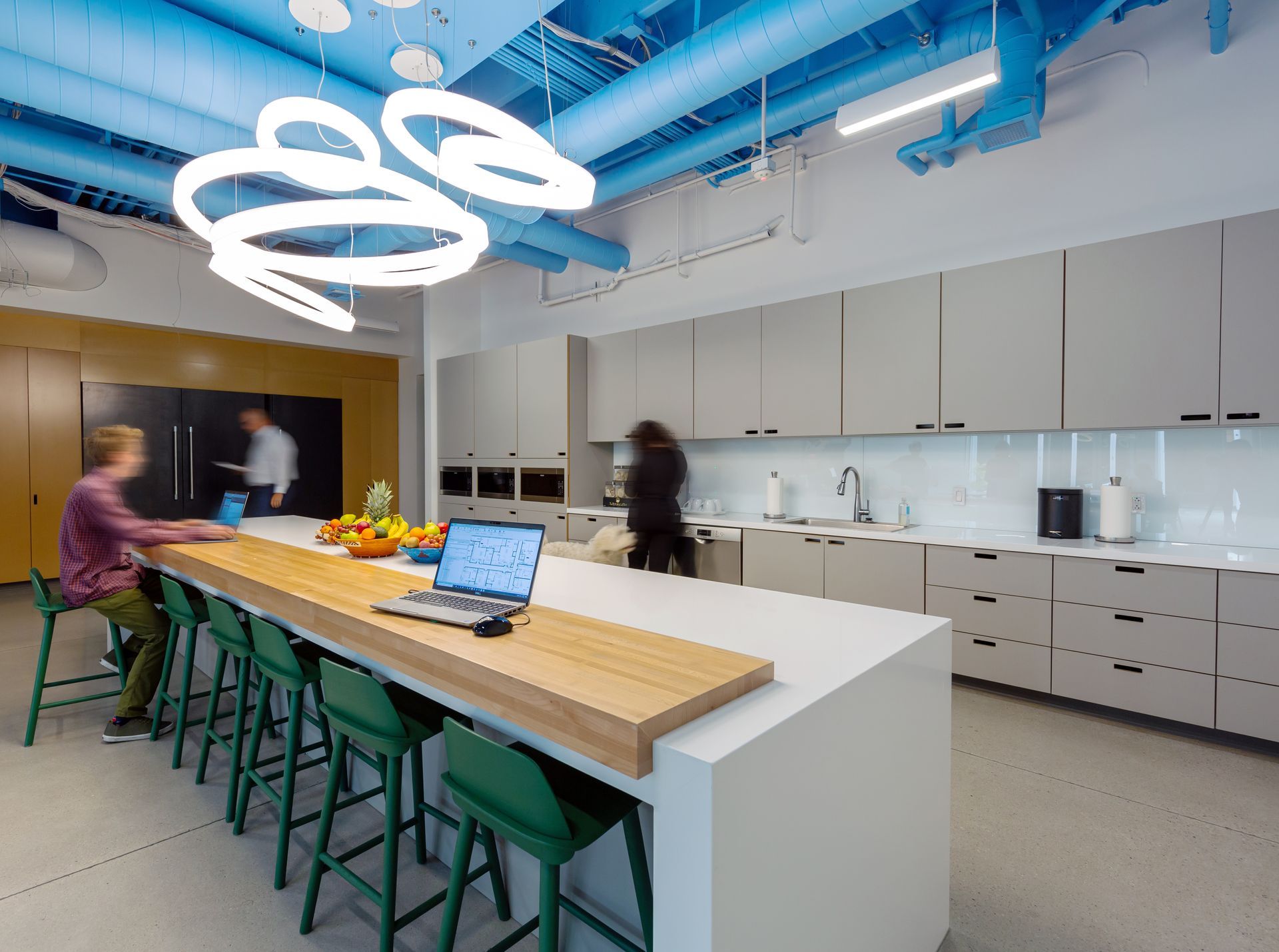
Embracing the Push
Ryan Boogaard
Principal Mechanical Engineer, Spectrum Engineers
Why the current push to go green? According to Ryan Boogaard, it is consumer demand. “Companies are getting on board [with sustainability] because people want it.”
And one thing that people want is an emissions-free future. All-electric buildings are vogue. Boogaard mentioned that it makes sense—the push to make a more unified grid, one without needing the space for hundreds of gas meters and powered without combustion emissions, is a big step in the right direction.
But it has not been an easy switch. It has taken the industry a lot of work to move past prioritizing operating costs first and instead prioritize the health benefits of electrification. But progress is being made, according to Boogaard. The industry is looking for more carbon-neutral or carbon-free solutions to reduce greenhouse gas emissions, especially as power companies are spending considerable resources on renewable energy sources in the Beehive State.
The industry may be late to the party, but water conservation is also becoming a bigger priority in the sustainability hierarchy of Utah’s high desert climate. According to Boogaard, some processes surrounding water use are misguided, like evaporative cooling considered “free cooling” because utilizing a compressor uses no electricity.
“[The industry] isn’t factoring in water costs,” said Boogaard. Since water has been labeled as a free energy source as a cooling mechanism, it is the cheapest source of cooling energy around.
But he mentioned that it is getting better. LEED has stepped up to try and account for water more consciously. It looks to reward design and builds where water conservation is prioritized like energy conservation and emission reductions have been.
It’s not the only area where water is being prioritized and conserved effectively. Mineral buildup flushing has become more efficient, not just in water use and by ending over-flushing. Instead of a “set-it-and-forget-it” flushing system that goes every few hours to reduce mineral building, systems will only flush when the scale buildup reaches a specific threshold. While the trends are promising, the industry still needs to ensure its commitment to sustainability.
“There must be a move away from the easy way,” he concluded. Sustainability components are usually the first thing to go when budgets and scope butt heads, but Boogaard wants a new trend. “Let’s be responsible stewards and use better equipment.”
The Weber Basin Water Conservancy District (WBWCD) Building is a great example of how best practices can be combined. Beautiful cross-laminated timbers are incorporated throughout the building and add warmth to the exterior (WBWCD photos by Paul Richer). The Soleil Lofts Apartments (below) is an innovative project in Herriman that utilizes solar and battery technology on a large scale (photo courtesy Architecture Belgique).
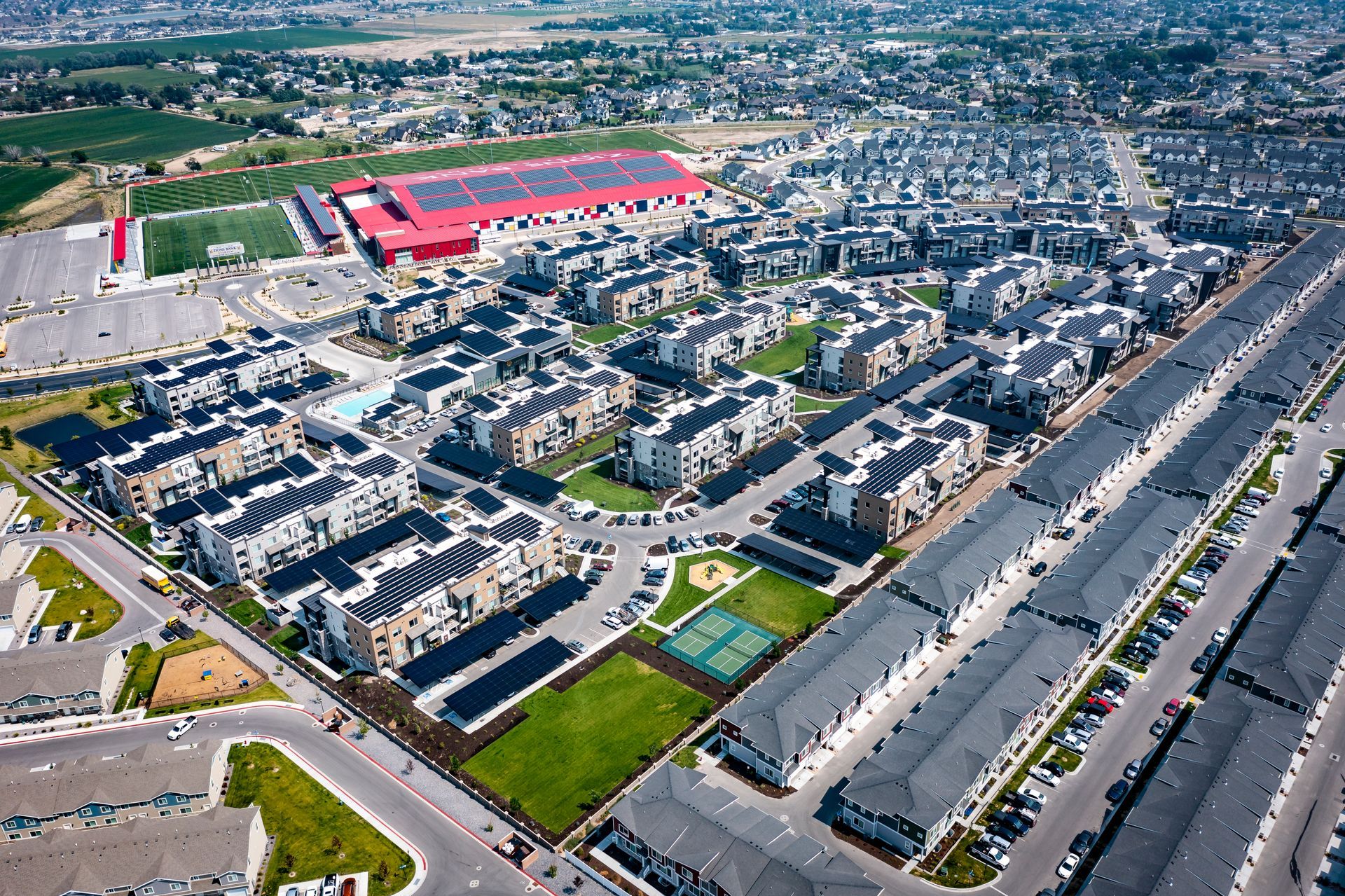
Dialing in Design
Dave Wesemann
CEO and President, Spectrum Engineers
New buildings may be in good shape for sustainability, but the shift has been one decades in the making, according to Dave Wesemann.
“We over-designed and over-engineered buildings,” said Wesemannn. Buildings in the past trended toward too much artificial light, a lack of natural ventilation, and overcompensating for energy needs. Today, intelligent controls work in tandem with natural systems to create ideal situations for building users—leading to crucial energy savings for sustainability.
Those intelligent controls are helping Wesemann and others shift into right-sizing equipment, better regulate electricity loads, and create efficiencies for owners. Wesemann said that one client type—data centers—utilize these intelligent controls to scale. Owners have grown smarter by using more virtual servers, denser server racks, and better storage options to bring down costs. Less power, fewer materials, and a higher degree of efficiency are promising solutions for reducing energy and materials consumption.
Equipment is also better suited to function at peak capacity. Wesemann said that more data centers are running at higher temperatures—80–90 degrees Fahrenheit—instead of the precedented 60 degrees Fahrenheit, which requires a massive amount of cooling resources to maintain. Cooling towers in data centers are getting better, too. HVAC equipment is better equipped to handle extreme temperature differences and bring the hottest possible air to move through the system and cool the data centers.
Wesemann said that everyone, both inside and outside of the industry, needs to learn what systems and solutions are out there to create a sustainable built environment. There must be a willingness to educate inside the industry, and a willingness from owners and occupants to learn new processes and systems once the building enters their hands.
How will that be achieved? “Make [the systems] smarter and simpler,” said Weisman. “Make it where anyone can use it.”
Re-centered on What Matters
Laura Smith
Project Architect, CRSA
Laura Smith sees sustainability as a concept where location, health outcomes, accessibility, and more fit into a cohesive whole.
“We started to recognize that the [individual] building is a more integral part of the neighborhood,” Smith said. No longer would a building be a monolith, but as a key part of the neighborhood where it resides. “What’s happening outside the building is as important as what’s going on inside.”
According to Smith, the desire to construct sustainable buildings and communities comes from lifestyle choices made by residents and tenants. It is something she has witnessed as the pandemic has entered into its third year.
“People are embracing a more sustainable lifestyle,” she said. Ask anyone stuck in traffic how long they want to “sustain” that. Residents in Utah want walkable communities, access to the outdoors, and less dependence on cars to get there.
Her work on the Three Creeks Confluence Park on SLC’s west side is a prime example, where she and her team helped to daylight the streams and their confluence with the Jordan River. The park and the nearby Jordan River Parkway, a 45-mile paved trail, are amenities that add to the sustainability of the neighborhood. Who wouldn’t want to enjoy nature in the bustling city and the positive health effects of a biophilic environment?
The pandemic has also informed how we view building interiors from a sustainability lens. She complimented the effects of the WELL Building Standard, which includes building interior components in its grading system, prioritizing things like glare control, maximum noise levels, and air quality. Smith was most appreciative of how WELL seeks to promote ideas like community support for parents and civic engagement with WELL-Certified buildings.
The many parties looking to hone in and prioritize sustainability are a win on all fronts. Whether it is LEED, Energy Star, WELL, Living Building, or others, Smith sees each focused on bringing out the most sustainable practices. “It’s wonderful that they can compete and learn from each other.”
But, she warned, just because the A/E/C community at large is jumping aboard the sustainable building train does not mean it is the only group with the right solutions.
“We can’t have these homogeneous groups making decisions,” she said. “We need to engage industries outside of our own—finance, healthcare—to see their ideas on sustainability and work together for the best solutions."New Paragraph
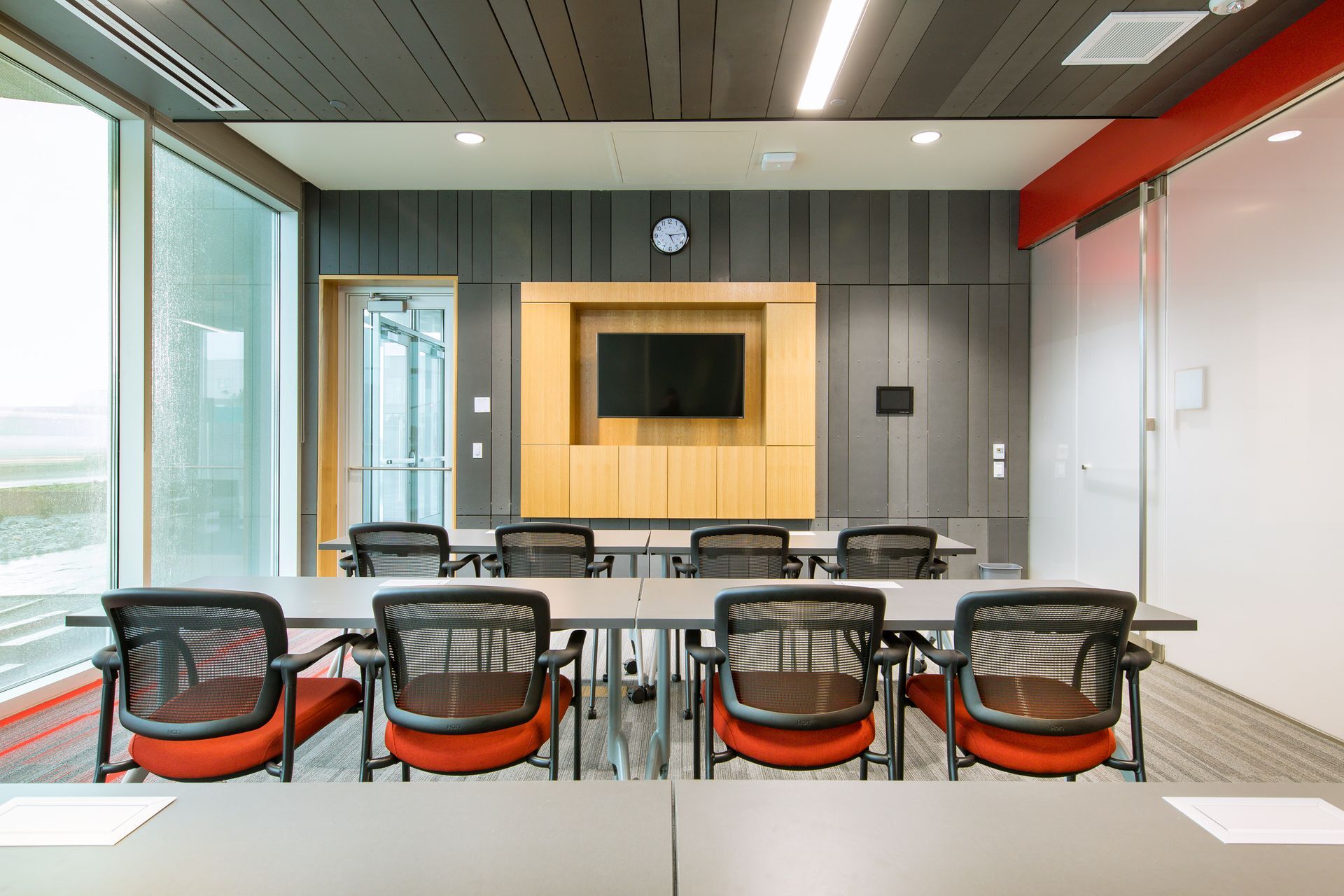
How Sustainability Has Changed
Garth Shaw
Principal and Director of Sustainability, GSBS Architects
When it came to discussing sustainability, Garth Shaw was most passionate about one thing: data.
“No one had been able to tell [building owners] how much carbon and greenhouse gas they save from renovating instead of rebuilding” until a few years ago. But now the data is out. “We’re finally seeing all of our choices before us,” said Shaw.
The data to make decisions, the data to know that those decisions are correct—that’s where Shaw feels sustainability is about to make bigger inroads, as what were once toss-up decisions now have data to inform them.
Shaw mentioned how the University of Utah’s Browning Building was a perfect case study of how data should drive sustainability. The choice to renovate will avoid 8,870 metric tons of greenhouse gas emissions, according to a GSBS study. Choosing to maintain and improve the building shell, lighting, and HVAC systems immediately improve operational usage, instead of waiting 15 years for the energy savings to pay back the deficit created via demolition and new construction.
With savings like these displayed in hard numbers, more and more people are curious to learn and experiment with the breadth and depth of sustainability and its benefits.
“Five to eight years ago, all the big commercial developers would be getting pressure to increase sustainability,” Shaw said. “Today, every entity is driving sustainability”
As architects and engineers gain more experience designing within the goalposts of sustainable systems, form, and materials, developers and owners don’t have to compromise on aesthetic qualities to achieve a beautiful, sustainable building.
The Weber Basin Water Conservancy District Building is a great example of how best practices can all be combined. Passive design from careful site selection takes a massive weight off the shoulders of the HVAC systems. The beautiful wood elements throughout are a biophilic touch that only gets overshadowed by the splendid view of the nearby Wasatch Range.
As data improves, demand increases, and beauty flourishes, Shaw says that the industry continues to distribute these solutions to as many as will hear the message. The best practices in energy and water conservation, design, and sustainable materials are shared instead of siloed. “The fight is for something bigger,” said Shaw.
The fight is to utilize this data to its fullest and preserve a livable future for all.
